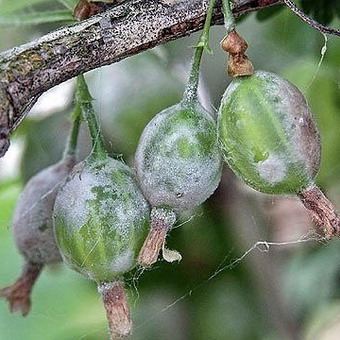 What are the common diseases of currants and gooseberries and their treatment with photos, relevant tips and tricks, we will consider in this material. Most often, these bushes affect fungal infections: powdery mildew, anthracnose, rust, terry.
What are the common diseases of currants and gooseberries and their treatment with photos, relevant tips and tricks, we will consider in this material. Most often, these bushes affect fungal infections: powdery mildew, anthracnose, rust, terry.
It is extremely important for every gardener who has exactly this berry bushes to grow on the site, learn about the external signs of damage and start treatment on time. If the struggle is lost due to the fact that the gardener delayed the response, then you can lose not only the entire crop for this year, but also an adult fruit plant can simply die.
Diseases of currants and gooseberries and their treatment with a photo
Powdery mildew
This is a serious disease that often affects both bushes. But the gooseberry is in greater danger, but red and black currants powdery mildew suffer less. But all three bushes require mandatory timely prevention.
Powdery mildew occurs due to the fact that the spores of the fungus settle on the plant. At the same time, spores are easily transferred by wind from a diseased bush to a healthy one. In summer, the fungus forms ten generations, and its fruiting bodies ripen just on the shoots and berries.
Attention to the signs! All parts of the plant, without exception, are affected and they appear as a white coating, which then becomes dark and brown. Outwardly, the leaves and fruits are deformed, and the bush itself dries even in well-moistened soil. If the bushes are not treated, then within three seasons they will die, it is dangerous to eat berries from such a bush.
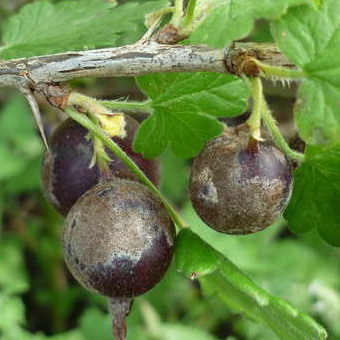
How and how to fight:
- When choosing a gooseberry or currant variety for planting, it is recommended to look in the characteristics so that it is resistant to powdery mildew.
- Sick shrubs immediately destroy, do not take shoots from them.
- Refuse nitrogen fertilizing, and use more phosphorus fertilizers.
- Immediately begin prophylaxis at the first sign of damage. For prevention, at the beginning of bud blooming, you can spray the bushes with a solution of copper sulfate, repeat the treatment after two weeks (but it is important to complete all the sprayings a month before the planned collection of berries).
- As a preventative and therapeutic measure for powdery mildew, you can use wood ash mixed with coal. Three kilograms of the mixture are diluted in ten liters of water. Filter the powder and use it to treat the bush up to ten times in one day.
- Of the proven home methods, linen soda and household was able to cope with the fungus. Dilute 50 grams of these substances with water to make an adhesive mass. Processing is carried out every ten days, then stop a month before picking berries.
Anthracnose
Despite the fact that it is found on all shrubs listed in this material, he loves settle on red currant. It develops actively under favorable conditions: average air temperature and a lot of moisture. Pests are fungi that spread spores during flowering in May, and the main infection occurs in the summer.
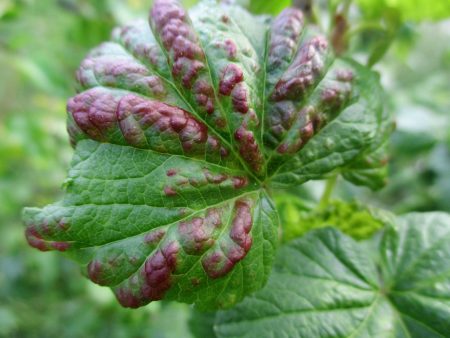
Attention to the signs! Young shoots, buds and leaves are in a special infection zone. Brown spots appear on the shrub, then the leaves are deformed and fall off. Berries from young shoots will be sour.
How to fight:
- From infected shoots in spring and autumn, it is imperative to destroy the leaves.
- Dig the soil under the fruit trees.
- To combat the parasite, you can use the drug "Hom", for this forty grams of powder diluted in ten liters of water. Two liters of mixture will be required per plant.
- You can use a complex of colloidal sulfur to treat this disease. Spray at the beginning of flowering, and then repeat after two weeks.
- The Bordeaux mixture is also suitable for processing, but two sprayings must be carried out for an effective fight.
From the photo you can determine the main diseases of currants and gooseberries, but their treatment requires already clear knowledge. It is not necessary to immediately resort to destructive chemistry, for a start, use affordable home methods that have proven effective. However, in some cases, the use of chemistry is necessary, especially when the bushes are already affected and the goal is to save the plant by any means.

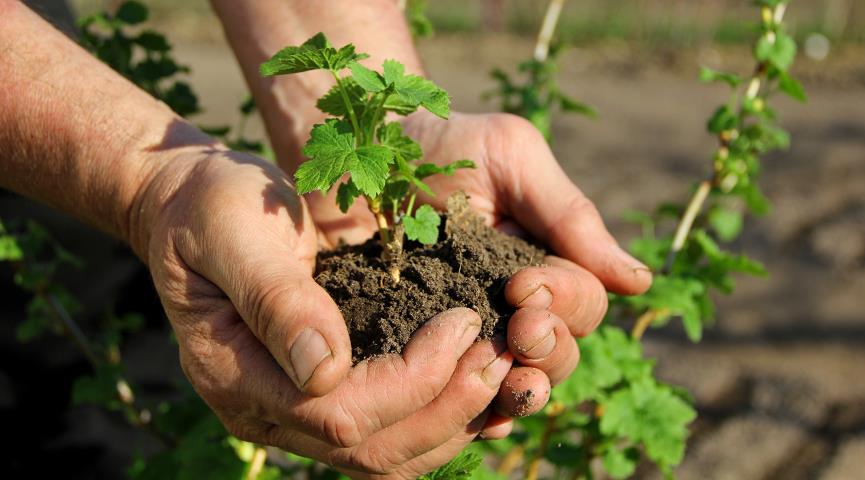
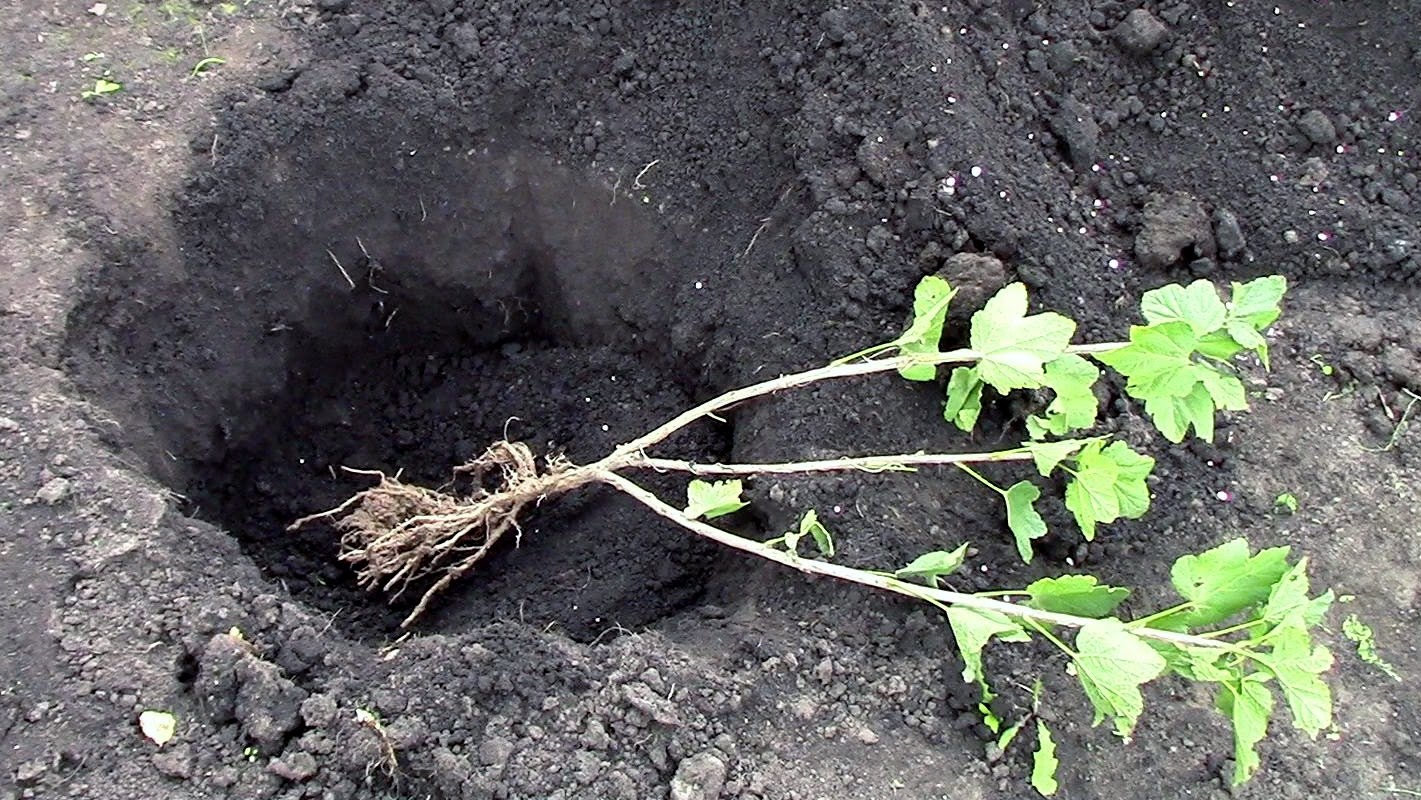
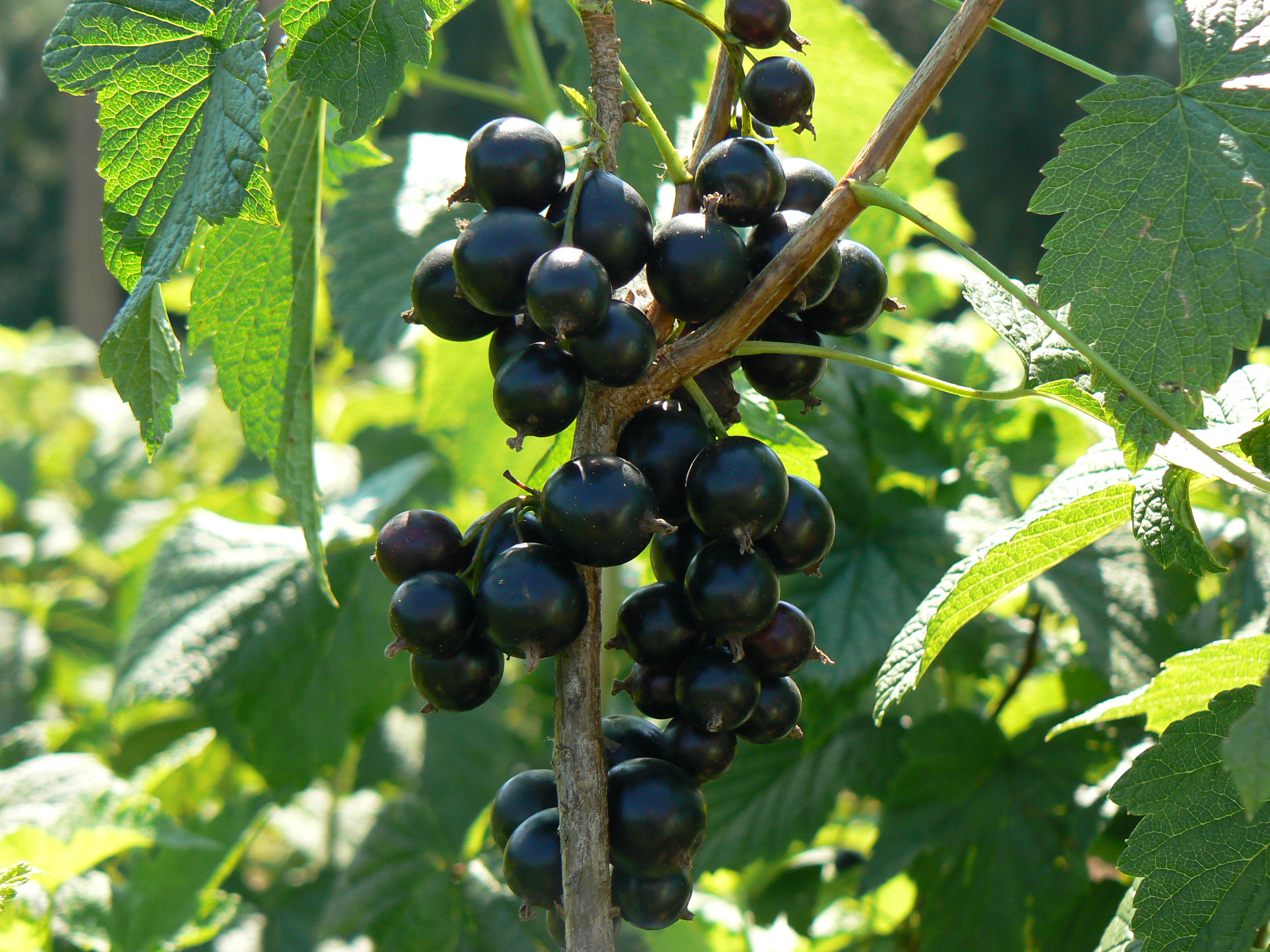
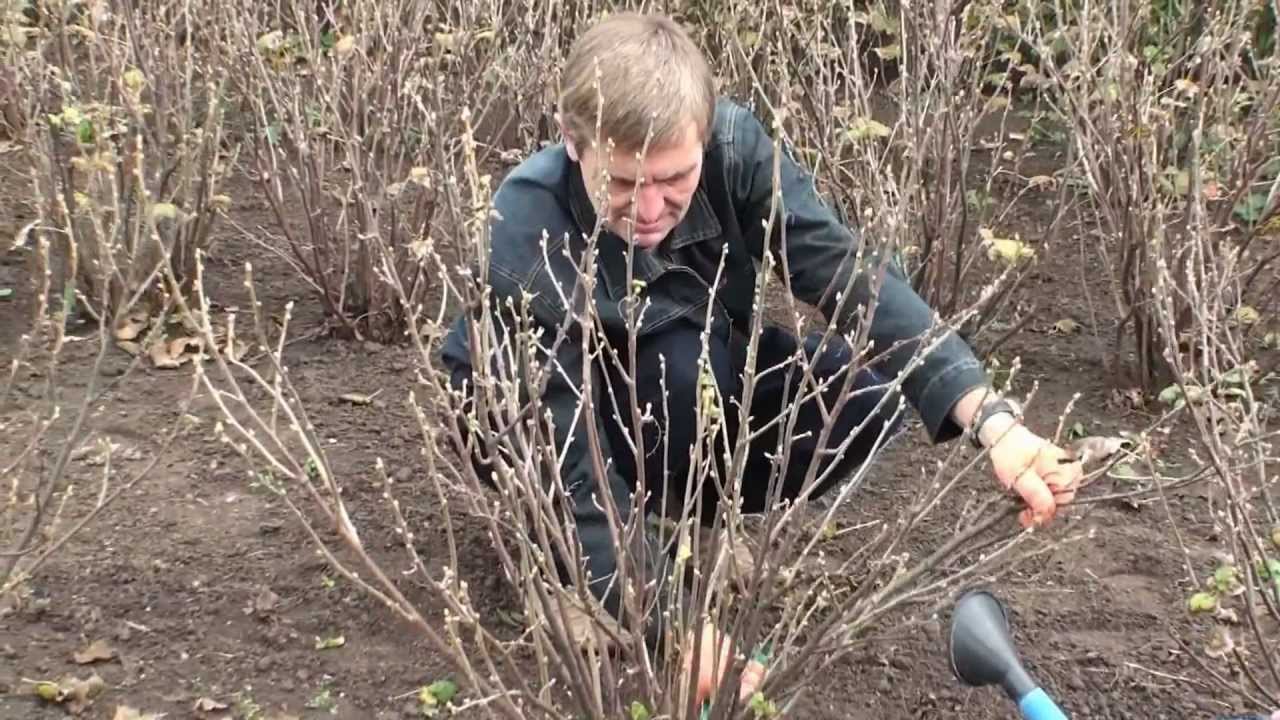 Autumn currant pruning scheme for beginners
Autumn currant pruning scheme for beginners Currant care in autumn and preparation of bushes for winter
Currant care in autumn and preparation of bushes for winter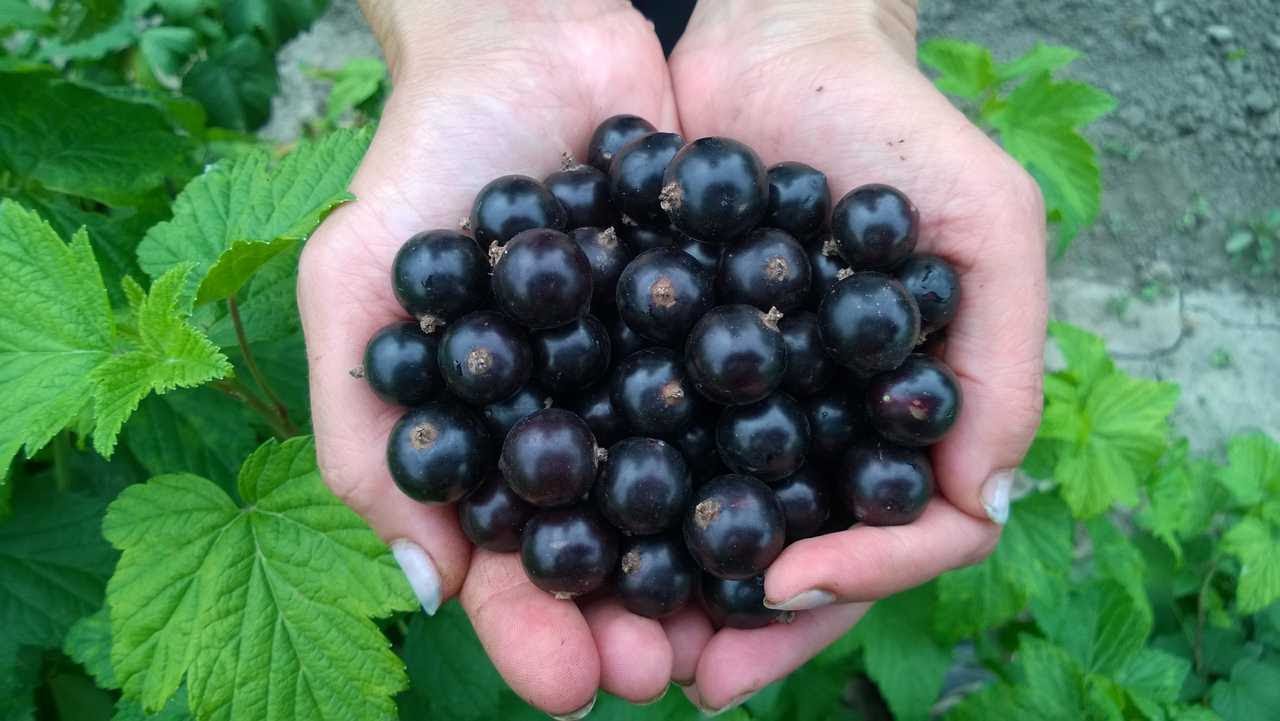 It's time to feed the currants - the best feeding
It's time to feed the currants - the best feeding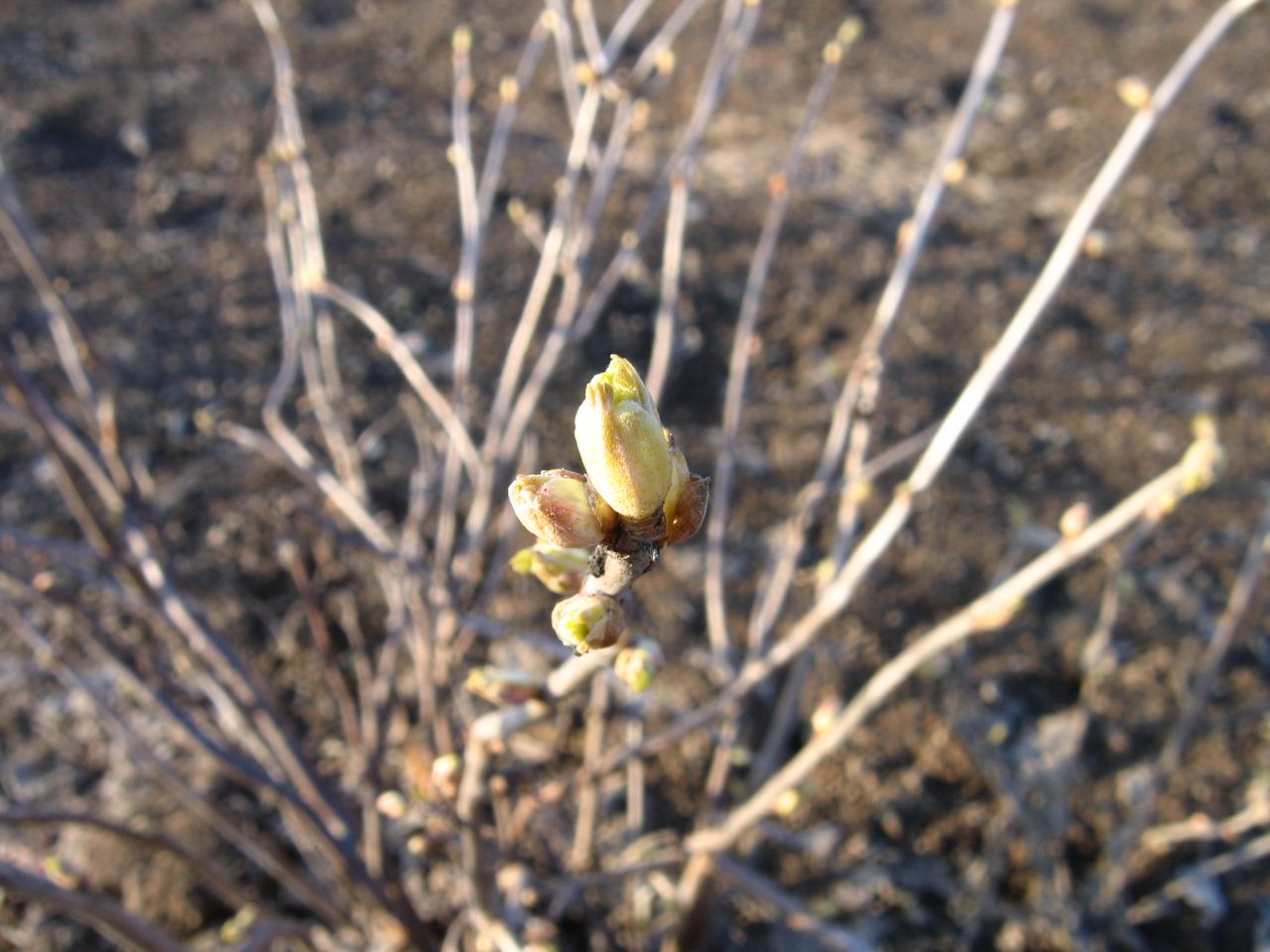 Spring treatment of currants from pests and diseases
Spring treatment of currants from pests and diseases